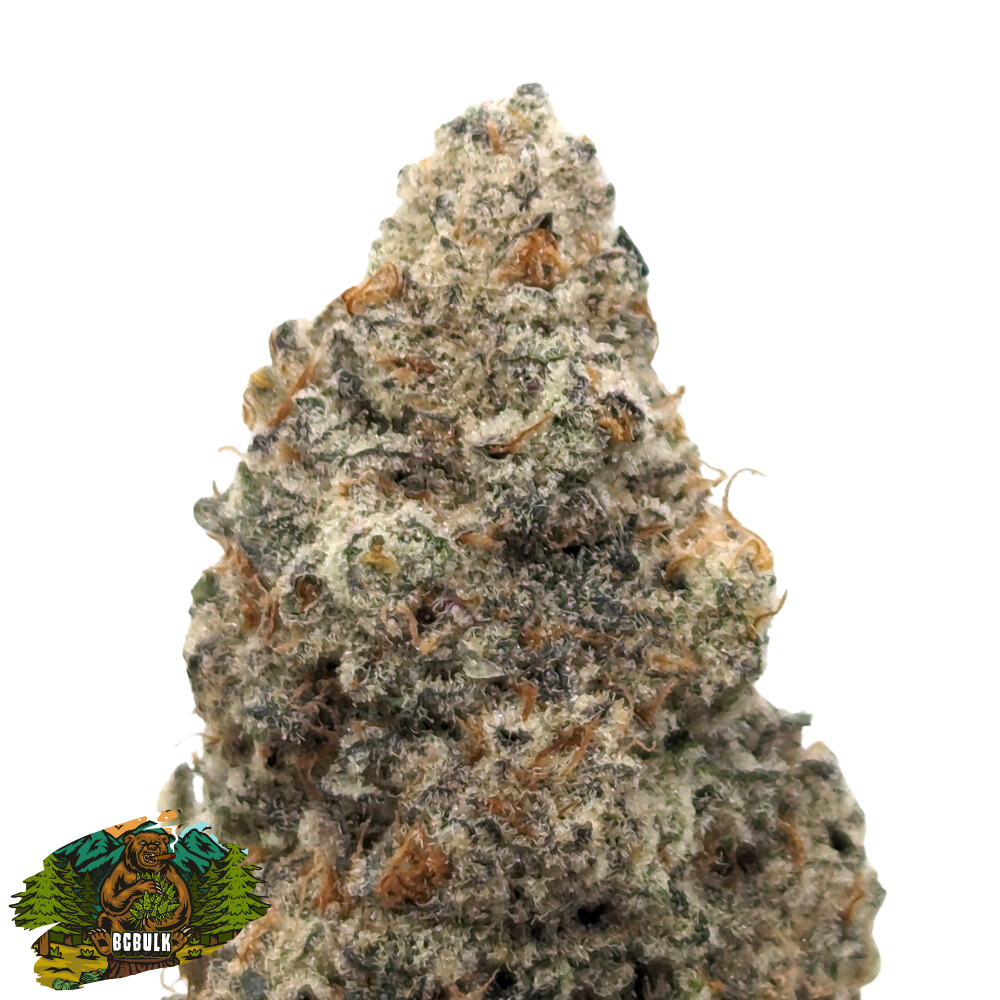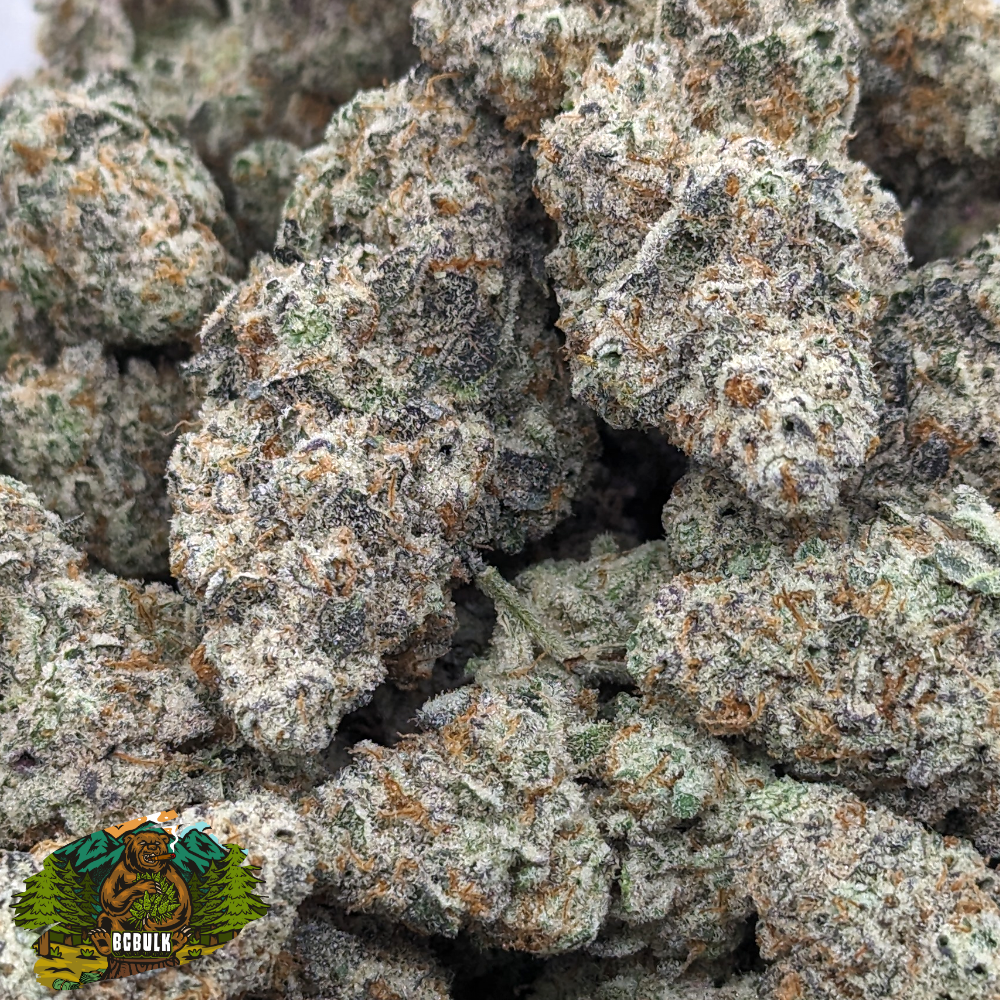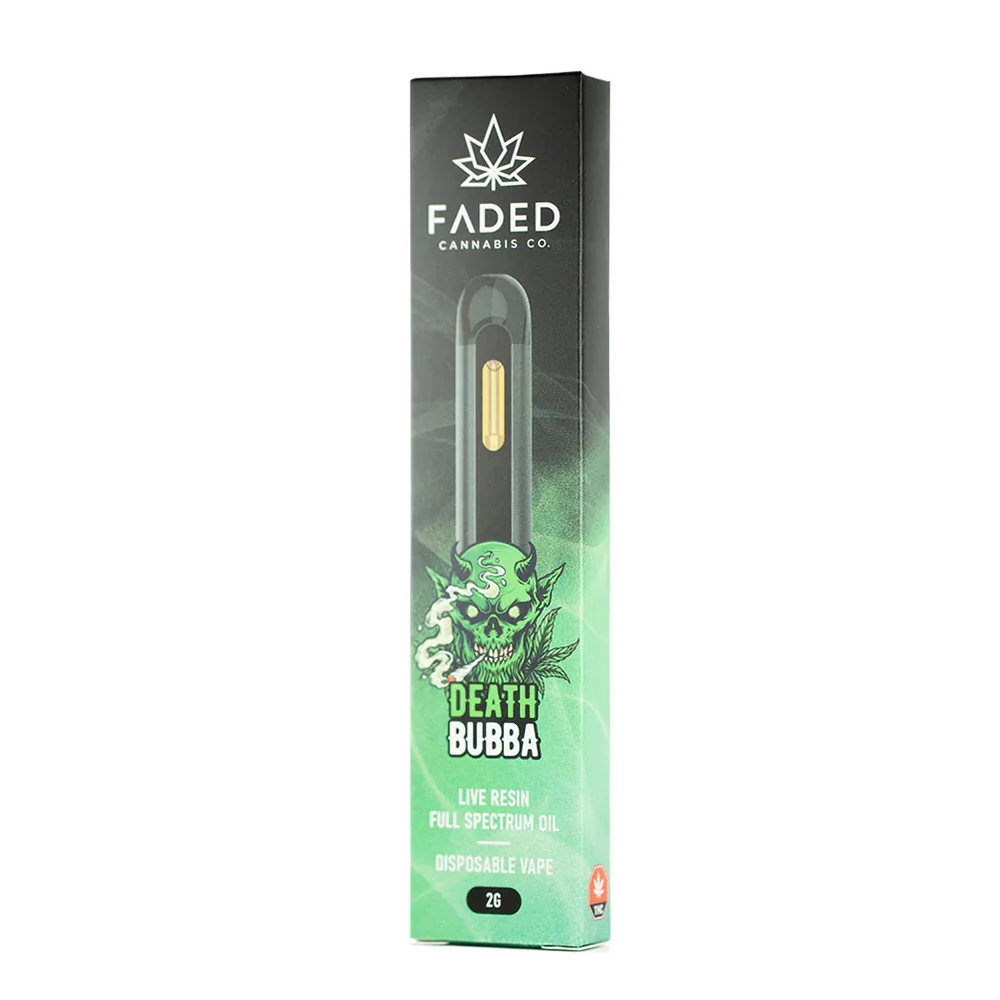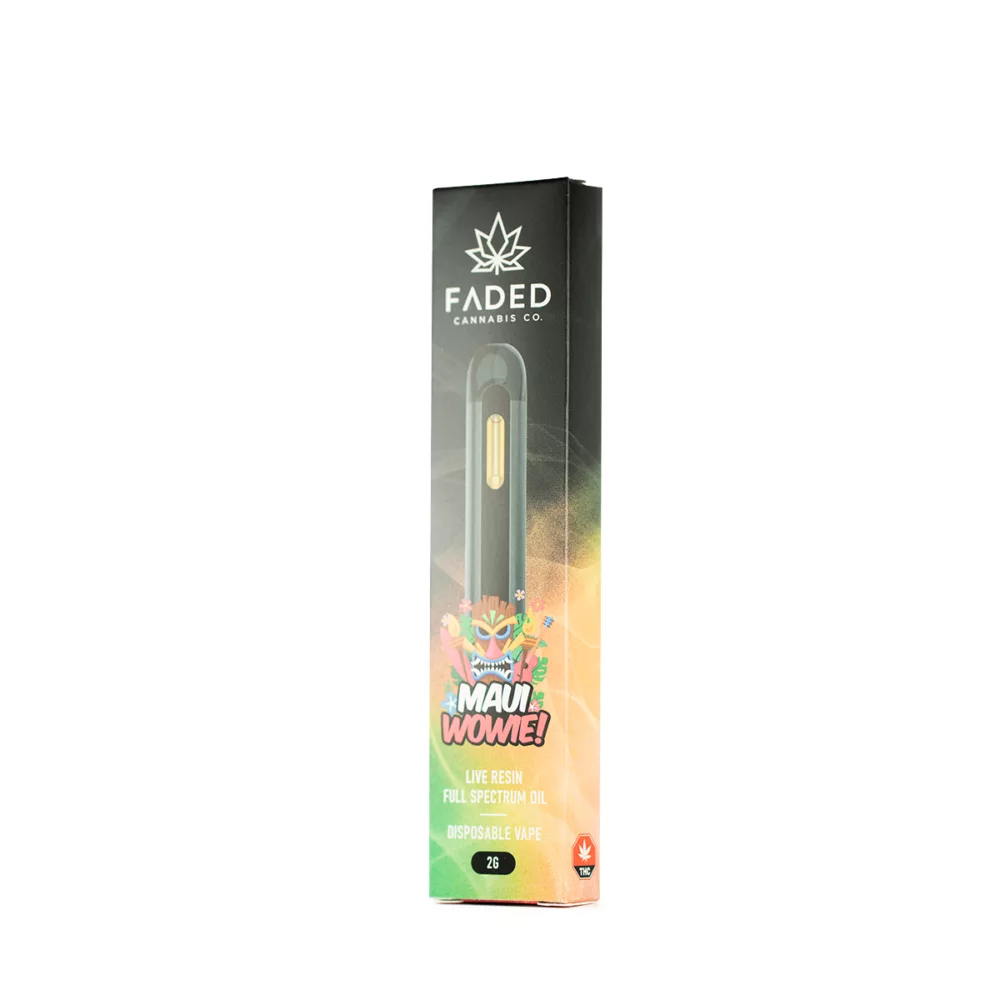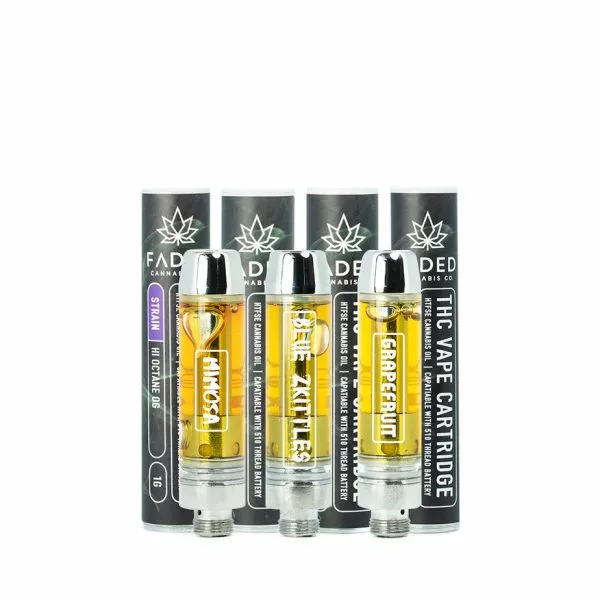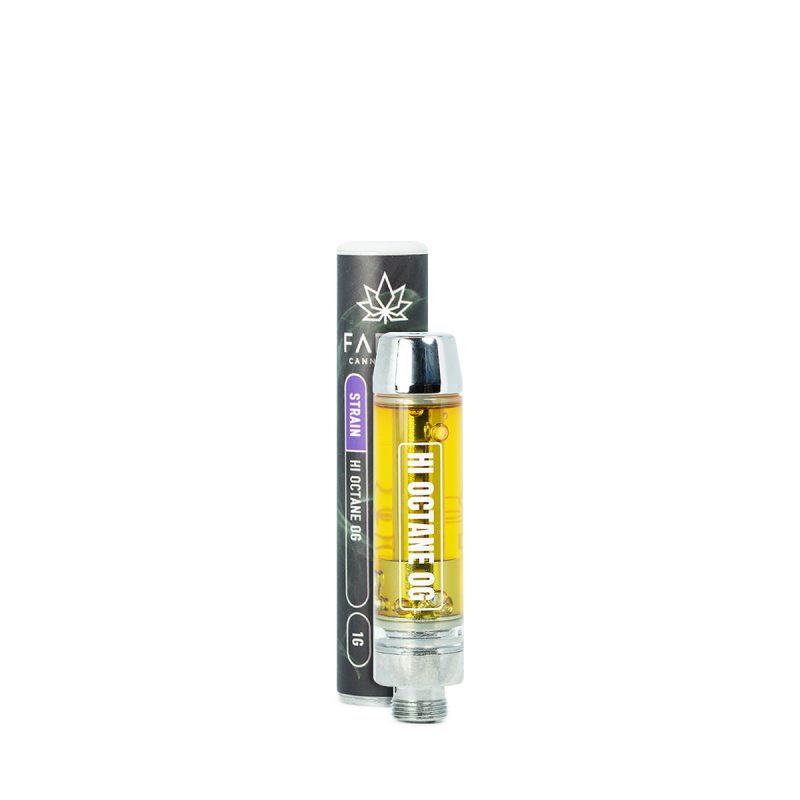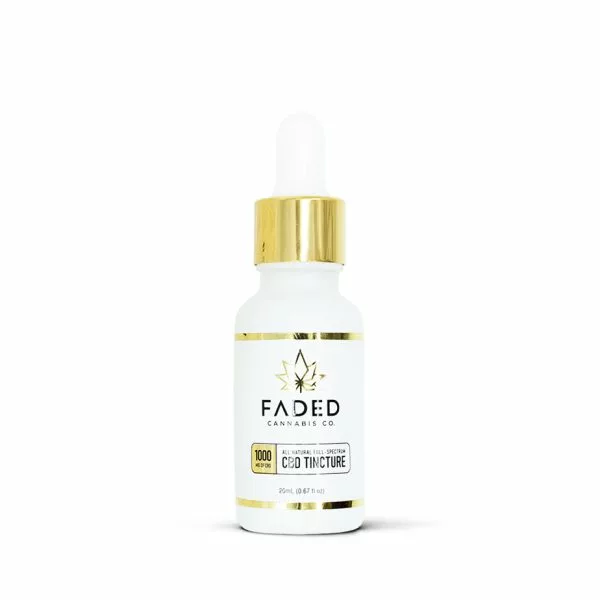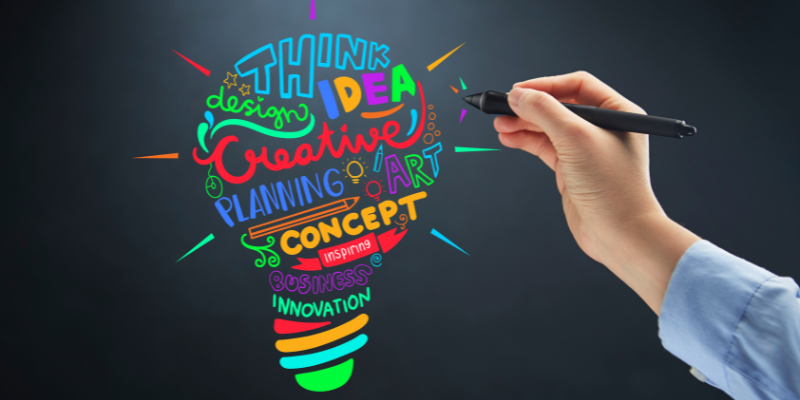| Tier | Subtotal | Items |
|---|---|---|
| 1 | $199-300 | 1 Item |
| 2 | $300+ | 1 Premium Item |
Cannabis Basics
Cannabis and Creativity: Exploring the Real Impact on Artistic Expression
The relationship between cannabis use and creativity has long been a subject of both scientific study and pop culture lore. Many artists and individuals involved in creative industries report anecdotally that cannabis stimulates their imaginative abilities, suggesting that there is a link between cannabis consumption and enhanced creativity. However, the evidence on this matter is mixed, with research providing varied results regarding cannabis’s effects on the creative process.

One proposed explanation for cannabis’s influence on creativity is that it may reduce inhibitions and allow individuals to think more expansively or abstractly. THC, the psychoactive component in cannabis, may alter the brain’s usual information processing patterns. In theory, this could lead to more unusual associations and ideas that might not occur in a sober state. Nevertheless, it is important to consider that creativity is a complex construct, difficult to define and measure. It involves a myriad of cognitive processes, including divergent thinking, problem-solving, and the ability to combine unrelated concepts in meaningful ways.
While subjective reports from cannabis users point toward a perceived increase in creative ability, scientific research seeks to understand the true nature of this relationship. Studies have examined cannabis’s impact on different aspects of creativity, such as fluency, originality, and flexibility of thought. Some findings indicate that low doses of cannabis may have a positive effect on certain types of creative thinking, while high doses might impede performance. It is crucial to approach the topic from a well-informed perspective, considering the variability among individuals, the diversity of cannabis strains, and the dosage and context of use.
Historical Perspective of Cannabis and Creativity
Cannabis has a long-standing association with creativity, seen through its use by artists, writers, and musicians seeking to enhance their creative processes. This association can be traced back to ancient cultures. For example, in historical texts, the Scythians are recorded as having inhaled the smoke of cannabis seeds and flowers for ritual and possibly creative purposes as early as the 5th century BCE.
During the 19th century, literary figures such as French poet Charles Baudelaire and the members of the Club des Hashischins used cannabis and shared their perceived creative experiences. These experiences were often detailed in their writings, suggesting that they believed cannabis enhanced their creativity.
By the 20th century, cannabis and creativity became intertwined within the counterculture movements. Numerous musicians from the jazz and rock genres openly credited cannabis with aiding their creative process. Here is a brief list of well-known figures linked to this belief:
- Louis Armstrong: An iconic jazz musician who openly discussed the influence of cannabis on his music.
- The Beatles: The band members experimented with cannabis, which they claimed played a role in their songwriting and creativity.
In contrast, scientific reviews remain cautious in affirming a direct link between cannabis use and creativity enhancement. Researchers suggest that while cannabis might alter cognitive processes, it does not universally or directly enhance creativity in all individuals. This scientific skepticism stands in contrast to the anecdotal evidence from historical and artistic testimonies.
The Science Behind Cannabis’ Effects on Creativity

Cannabis impacts creativity through alterations in neurological processes and psychological states. Researchers are investigating how its effects compare to other psychoactive substances.
Neurological Mechanisms
Cannabis acts on the brain by binding to cannabinoid receptors, especially within areas linked to creativity such as the frontal cortex. Its main psychoactive component, tetrahydrocannabinol (THC), can modulate neurotransmitters and potentially stimulate creative thinking. In detail, THC’s interaction with the brain’s dopamine system might enhance cognitive flexibility, allowing individuals to view problems from multiple perspectives.
Psychological Aspects
Individuals using cannabis often report heightened psychological effects such as relaxed mental constraints and increased introspection, which may contribute to creative thought. However, studies suggest that these effects are dose-dependent, as lower doses might enhance creativity, while higher doses may impair cognitive function.
Comparative Analysis with Other Psychoactive Substances
When compared to other substances like LSD or psilocybin, cannabis tends to produce less intense changes in thought patterns and perception.
- Substance: Cannabis | Effect on Creativity: May enhance or impair, depending on dosage
- Substance: LSD | Effect on Creativity: Often significantly alters thought patterns
- Substance: Psilocybin | Effect on Creativity: Can induce profound changes in perception and thought
Cannabis’s milder effects make it unique among psychoactives in its relationship with creativity.
Empirical Research on Cannabis and Creative Processes

Empirical research on the effects of cannabis on creative processes has yielded a varied range of findings. These are explored through quantitative and qualitative methodologies, alongside insightful case studies of well-known creative individuals.
Quantitative Studies
Several studies have measured creativity quantitatively by evaluating the impact of cannabis use on cognitive functions that are associated with the creative process. For instance, a study published in Psychopharmacology used the Torrance Tests of Creative Thinking to assess the influence of cannabis on divergent thinking—a key aspect of creativity. Results indicated that low doses improved creativity markers in some participants, while higher doses had the opposite effect.
- Torrance Tests of Creative Thinking Results:
- Low doses: Increase in originality and fluency scores.
- High doses: Decrease in creativity benchmarks.
Another quantitative approach involved functional magnetic resonance imaging (fMRI) studies, which have monitored brain activity patterns in individuals after cannabis consumption. These studies sought to understand the neural underpinnings of creativity, revealing altered activation in areas of the brain related to creative thinking.
Qualitative Observations
Qualitative research, through interviews and subjective reporting, has found that many artists and creators report a subjective increase in creative insights and novel ideas when under the influence of cannabis. A common theme is the altered perception and thought patterns that may contribute to unique artistic expressions.
- Subjective Reports Include:
- Enhanced sensory perception.
- Unconventional associations between concepts.
However, qualitative data also acknowledge the variability in responses, with some participants reporting hindered focus or motivation, potentially reducing creative output.
Case Studies of Creative Individuals
The lives of numerous artists, musicians, and writers have been the focus of case studies exploring the relationship between cannabis use and creativity. The American novelist Stephen King, for example, has spoken about his cannabis and drug use during some of his most prolific writing periods, although noting it as a hindrance in the long term.
- Famous Case Studies:
- Stephen King: Increased output during use, later critique of the negative impacts on health and productivity.
- Snoop Dogg: Frequent user, claims cannabis is integral to his creative process.
Such case studies, while not generalizable, offer a window into how cannabis can be perceived as a tool for enhancing creative practice among creative professionals.
Societal Views

The relationship between cannabis, creativity, and society intertwines with legal policies that vary widely across different regions.
Cultural Attitudes Towards Cannabis Use
Public opinions on cannabis use have shifted over the past decades, especially as it pertains to its association with creativity. Some cultures view cannabis as a conduit for creativity and spiritual enlightenment, often highlighting legendary figures in art, music, and literature who reportedly used cannabis to fuel their creative processes. In contrast, other societies carry historical stigmas around cannabis, linking it to unproductivity or antisocial behavior.
| Aspect | Positive Views | Negative Views |
|---|---|---|
| Artistic Communities | Many in artistic spaces advocate for cannabis as a tool to enhance inspiration. | Critics argue that dependency can stifle genuine innovation. |
| Public Opinion | Surveys suggest that a growing percentage of the population supports legalization. | Concerns persist about the impact of cannabis on public health and safety. |
Practical Considerations and Recommendations
When considering cannabis for creativity enhancement, it’s important to balance the potential benefits with health and safety considerations. These recommendations are informed by existing research and health guidelines.
Best Practices for Creativity Enhancement
- Dose Control: Start with low doses. Sensitivity to cannabis can vary greatly between individuals, making it vital to start with a small amount and gauge the effect on creative processes.
- Strain Selection: Opt for strains reputed to stimulate creativity. Sativas are often recommended for their cerebral effects, but personal experience should guide selection.
- Setting and Environment: Choose a comfortable and stimulating environment. A well-lit room, calming music, or access to art supplies can enhance the creative experience.
- Integration with Creative Routines: Combine cannabis use with established creative routines. This can help harness the substance’s potential to enhance divergent thinking.
Health and Safety Precautions
- Legal Considerations: Always comply with local laws regarding cannabis use. Its legal status varies widely, so understanding regional regulations is crucial.
- Health Conditions: Consider any pre-existing health conditions. Individuals with a history of mental health issues should consult a healthcare professional before use.
- Frequency of Use: Avoid frequent use to reduce the risk of dependency. Regular breaks can help maintain the effectiveness of cannabis as a creativity aid.
- Avoiding Combination with Other Substances: Do not mix cannabis with alcohol or other psychoactive substances. Such combinations can lead to unpredictable effects and increased health risks.
Frequently Asked Questions
The following questions address key aspects of the interplay between cannabis use and creativity, focusing on how it may affect the creative process, the role of different strains, divergent thinking, and its potential impact on productivity and motivation.
How does cannabis impact an individual’s creative process?
Cannabis affects the brain’s neurotransmitter systems, which can alter an individual’s cognition and mood. Some users report heightened creativity, associating their cannabis usage with increased fluency and originality of ideas.
Is there a difference between sativa and indica strains in relation to enhancing creativity?
Sativa strains are often touted for their energizing effects and potential to enhance creativity. Indica strains, conversely, are typically associated with relaxation and may not have the same reputation for stimulating creative thought.
To what extent does cannabis use influence divergent thinking?
While some studies suggest that cannabis can enhance divergent thinking in the short term, facilitating the generation of novel ideas, the extent of this influence is contingent on dosage and an individual’s baseline cognitive functioning.
Does CBD have an effect on a person’s ability to generate creative ideas?
CBD, a non-psychoactive component of cannabis, is less understood in the context of creativity. Unlike THC, CBD does not induce a “high” and its impact on creativity may be more subtle, potentially reducing anxiety which can, in turn, affect creative thinking.
Can smoking cannabis lead to increased productivity or is it just a perception?
Productivity enhancement from cannabis use appears to be subjective. While some users report improved focus on creative tasks, others may experience decreased productivity due to the psychoactive effects impeding cognitive functions.
What are the scientific findings on the relationship between cannabis consumption and motivation levels?
Research on cannabis and motivation suggests a complex relationship, with long-term use potentially leading to decreased motivation, known as amotivational syndrome. However, these findings are not universally observed and may vary with individual differences and patterns of use.
